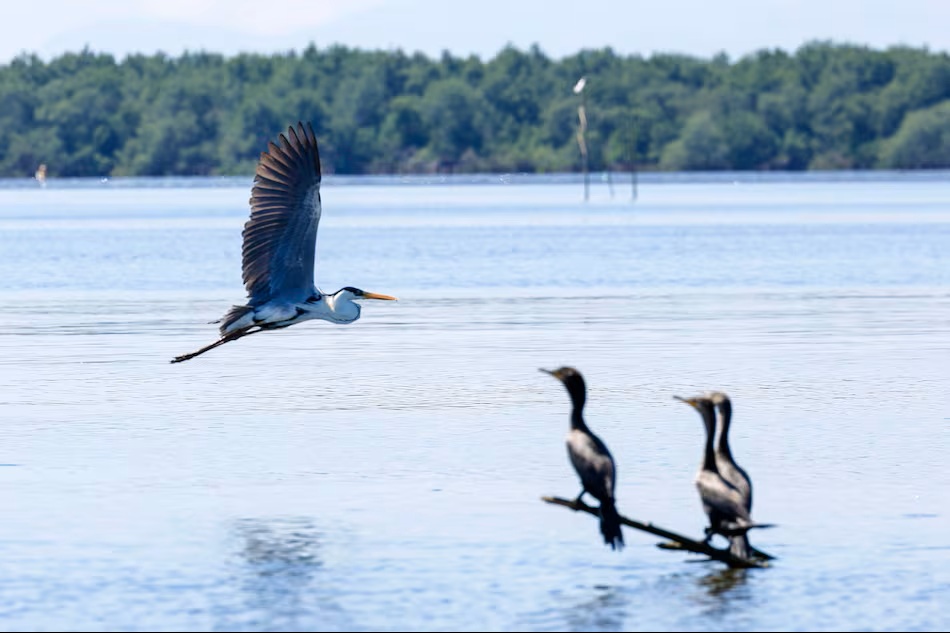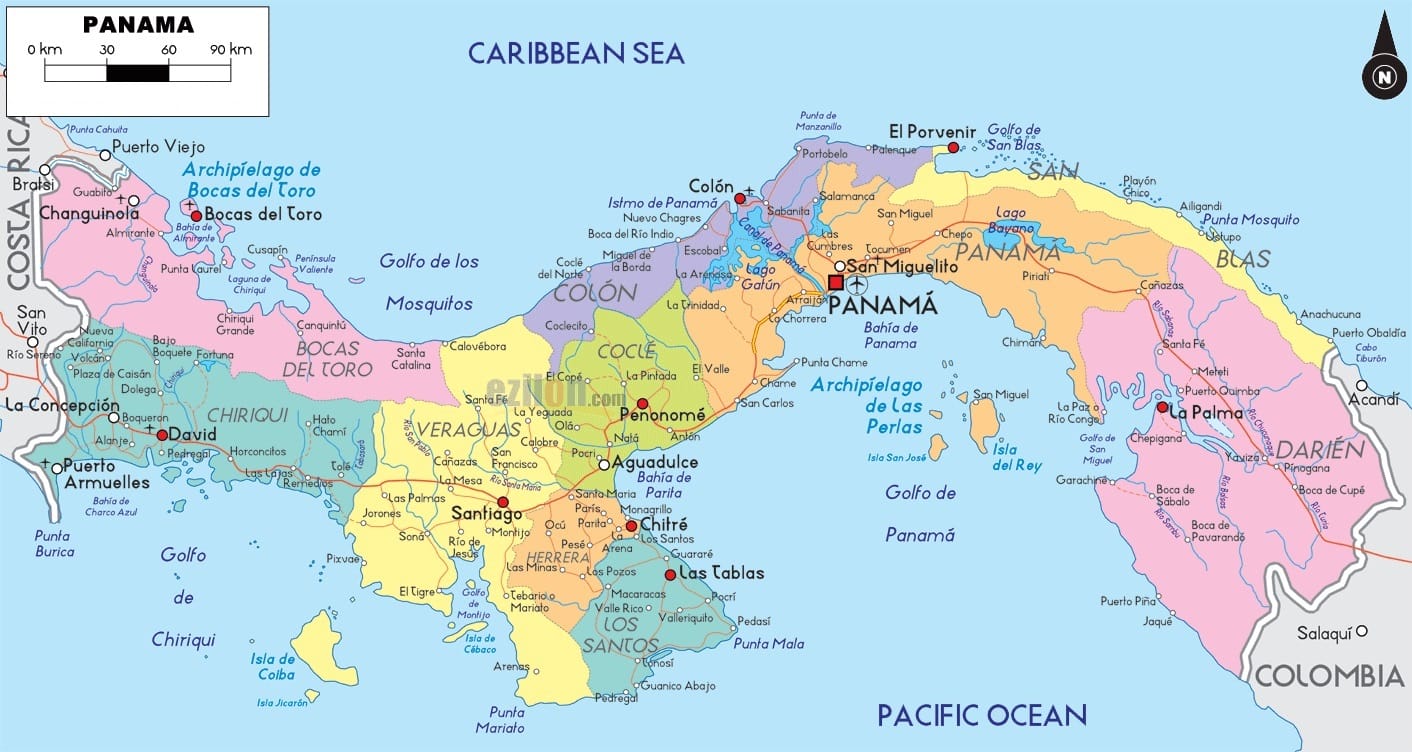Panama Learns from Brazil How to Rid the Rivers and Mangroves of Tons of Trash and Become “Guardians of the Sea”

The “From the Mangrove to the Sea” project, carried out by the NGO Guardianes del Mar, unites environmentalists and traditional communities in the conservation of Rio de Janeiro’s mangroves, from which they have already removed more than 100 tons of trash. A little-known mangrove region in Guanabara Bay, the maritime gateway to Rio de Janeiro, Brazil, has received special attention from a group of environmentalists and community leaders seeking to preserve and promote the area’s biodiversity.
In this mangrove area, in the municipality of Guapimirim, you can observe birds such as herons, wild ducks, cormorants, and roseate spoonbills, a species that had disappeared from the region and returned after its habitat was cleared. Pods of Risso’s dolphins can also be seen hunting schools of mullets in nearby areas. This is the ecosystem where Guardianes del Mar volunteers are working. So far, they’ve removed more than 100 tons of trash from an area of nearly 60 hectares, the vast majority of which is plastic. An example of environmental commitment at a time when Brazil is preparing to host the UN climate summit (COP30), which will be held in November in the Amazonian city of Belém.
Fishermen and Indigenous People, Together Against Pollution
Volunteer groups, made up of members of local communities directly affected by pollution, such as fishermen, crab collectors, and indigenous people, collect the waste manually. Every day, they fill dozens of huge bags. They take turns going in and out of the deeper areas, from where they extract tires, television parts, chairs, sofas, helmets, and toys. “Today, after seeing the disaster caused by human impact on our coast, I learned through this environmental project how we can revitalize nature.
We arrive here, remove the plastic in one week, and the next week the crabs are already sprouting,” fisherman Marcelo Pereira de Oliveira told News Reporters. Alaido Malafaia, a fisherman and tour guide, has lived and worked in this region for 40 years. He knows every corner of the bay like no other. “Few people imagine the enormous amount of life that still exists here. We have roseate spoonbills, dolphins, otters… They all depend on us, and we on them. That’s why we don’t give up,” says Malafaia, of the Manguezal Fluminense Cooperative.
Garbage Island: From Tires to Sofas
On the so-called “Garbage Island,” located about 20 kilometers from the mangroves of the Guapimirim Environmental Protection Area, plastic bottles, tires, sofas, and other waste form an artificial island. From there, 42,886 kilos of waste were removed in 13 months. In Sepetiba Bay, 3,177 kilos were already collected in three months, with the participation of some twenty caiçaras, as members of traditional coastal communities are known in Brazil. The initiative also guarantees extra income for fishermen and harvesters between October and December, during the closed season for crayfish, one of their main sources of livelihood. In this sense, they receive a subsidy for cleaning two mornings a week, approximately one hour per day.
These mangrove cleanup operations have been underway since 2001. According to Pedro Belga, president of Guardianes del Mar and coordinator of the “From the Mangrove to the Sea” project, solid waste acts as a barrier that prevents life from flourishing. “Where there’s a sofa, where there’s a tire, there are no crab burrows,” he argues. The president of the Magé Crab Collectors Association, Rafael dos Santos, also highlights the importance of cleanup efforts for community-based tourism. “It’s very important when the mangrove is in decent condition to receive visitors interested in observing species like the uçá crab. This cleanup is essential to demonstrate the situation, the respect we have for it, and the enormous importance of this ecosystem,” he concludes.
Specifically in Panama, Marea Verde Panama’s recovery of the Costa del Este mangroves collecting trash that flows from inland areas into the mangroves. Laguna de Las Lajas mangroves and Isla Galeta use a combination of planting mother trees for the restoration of these important ecological areas. Mangroves reduce wave energy and buffer storm surges, providing natural protection against erosion, cyclones and flooding. In Pedregal (Chiriqui province), a project was recently carried out to restore a coastal ecosystem that suffered deterioration over the last decade. One thousand pinuelo mangrove seedlings were planted, and the area cleaned up with the help of volunteers, students and local residents.





